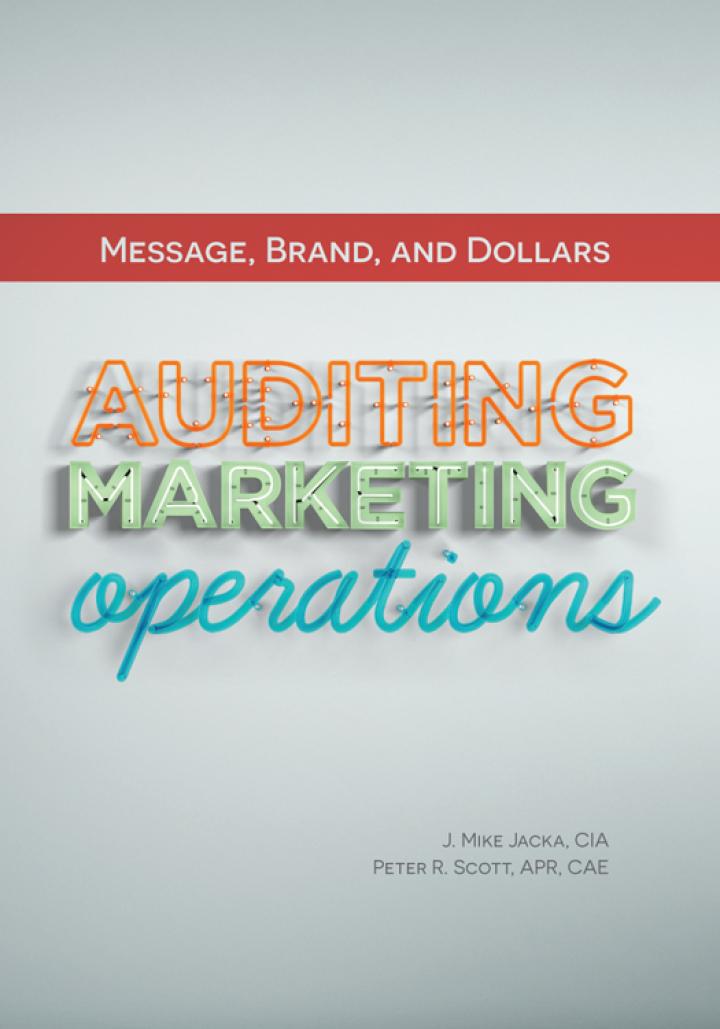Answered step by step
Verified Expert Solution
Question
1 Approved Answer
Chapter 1 4 Personnel and Payroll ( 1 1 - 2 0 ) ( Make sure to answer each question ) 1 1 . In
Chapter Personnel and Payroll Make sure to answer each question
In determining whether control procedures are potentially reliable in assessing control risk below the maximum, an auditor performs four tasks, listed below in random order:
Design tests of controls.
Consider potential errors or frauds.
Identify control objectives.
Determine control procedures.
In what order are these tasks performed in a financial statement audit?
a
a b
b
c
After completing tests of controls, an auditor concludes from available evidence that control risk can be assessed below the maximum and detection risk above the minimum. Under these conditions:
a Substantive tests of controls can be eliminated.
b Substantive tests can be limited to analytical procedures.
c The extent of substantive tests of details can be restricted.
d Substantive tests of details can be performed at an interim date.
Which of the following financial statement assertions is of least concern to an auditor
when testing payroll?
a Occurrence
b Valuation
c Completeness
d Allocation
To assess the reasonableness of total payroll, an auditor could:
a Compare the ratios of direct labor to cost of sales and direct labor to sales with prior years.
b Compare the ratios of payroll to total expenses and payroll to sales with prior years.
c Compare payroll to prioryear payroll adjusted for pay rate changes and the number of employees.
d Compare accrued payroll and accrued payroll tax expense with prior years.
How could management exploit payroll to manipulate earnings?
a Capitalize labor costs.
b Misapply payroll to inappropriate job costing centers.
c Delay disbursing withheld taxes to the government.
d Misstate W forms to employees.
Management has incentives to overstate the discounted present value of future health care obligations because the effect is to:
a Understate investment performance.
b Understate net income.
c Understate assets.
d Understate liabilities.
Current generally accepted accounting principles require that the discount rate for
calculating the present value of future postretirement health care benefits be based on:
a The current rate of return on the reporting entity's investment portfolio.
b The current average rate of return on the investment portfolio of other companies operating in the reporting entity's industry.
c The expected long term rate of return on plan assets.
d The current rate of return on highquality, fixedincome investments.
The transition obligation in accounting for postretirement health care benefits is the difference between:
a The accumulated postretirement obligation and the value of the assets funded to date.
b The accumulated postretirement obligation and the expected postretirement obligation.
c The unfunded future benefits and the value of the assets funded to date.
d The unfunded future benefits and the expected postretirement obligation.
In the accounting for postretirement benefits, management has discretion over:
a Complying with FASB Statement of Financial Accounting Standards No
b Expected rates of return.
c Retiree payouts.
d Mandatory retirements.
Postretirement health care benefits are a form of:
a Period expenses.
b Longterm expenses.
c Compensation.
d Deferred compensation.
Step by Step Solution
There are 3 Steps involved in it
Step: 1

Get Instant Access to Expert-Tailored Solutions
See step-by-step solutions with expert insights and AI powered tools for academic success
Step: 2

Step: 3

Ace Your Homework with AI
Get the answers you need in no time with our AI-driven, step-by-step assistance
Get Started


